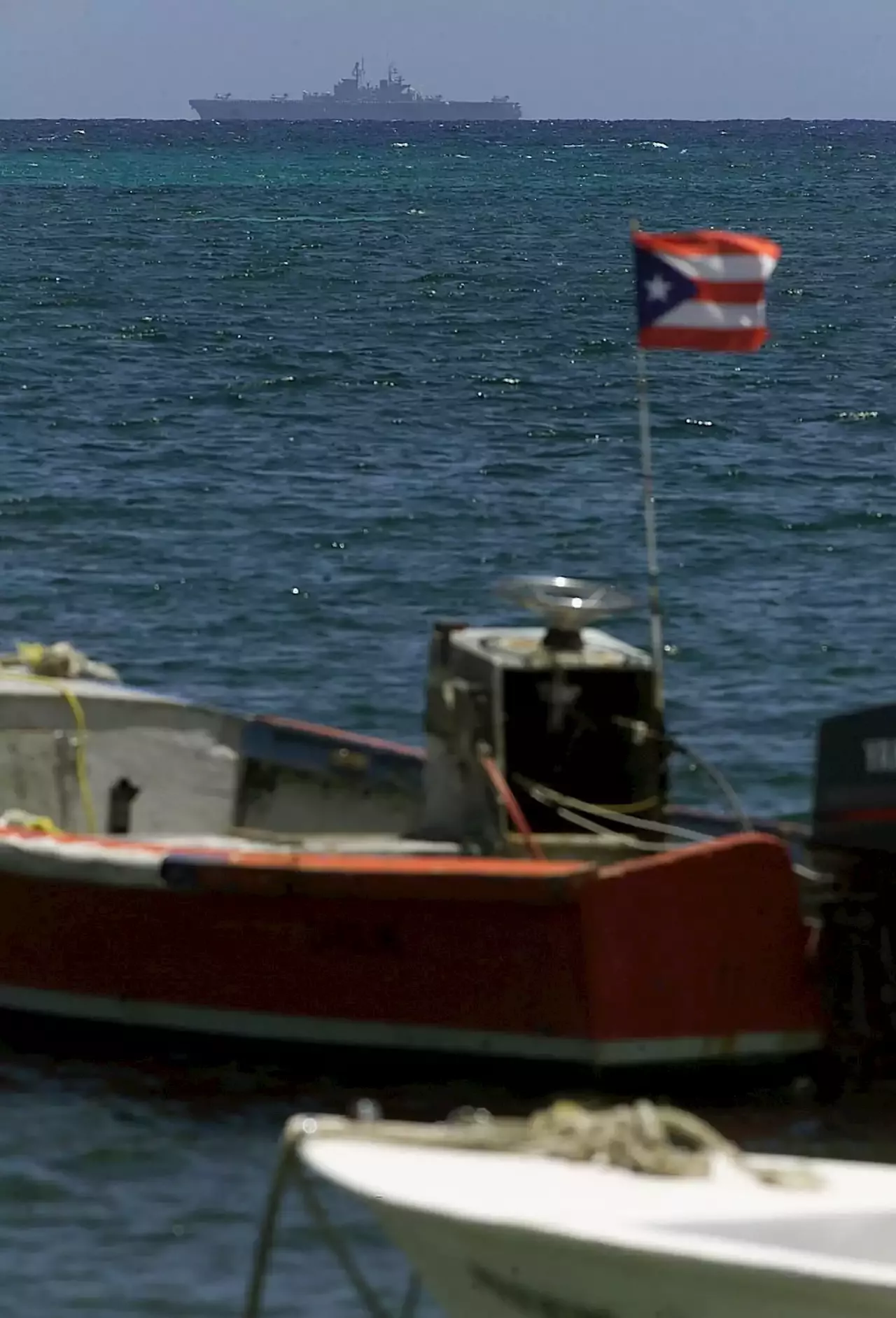At the Navy’s Red Hill Bulk Fuel Storage Facility and the handful of other military facilities, aging infrastructure is freighted with disproportionate strategic risk
America’s penchant for this sort of self-sabotage is a tremendous vulnerability, but, as an institution, the Navy seems disinterested in defending itself from newfangled approaches to warfare that exploit such operational missteps. For the Navy, crisis response and base management is for losers who fail to really cut it in the hot and new “lethality-first” fleet.
The Navy also forgets that, in the business of weaponized outrage, slow beginnings can make for fast endings. On Puerto Rico, an effort to kick the Navy out had been a decade in the making. But when the tipping point arrived in early 1999, the Navy didn't know what hit it.
Failing infrastructure and decaying management practices are strategic security risks. Rivals are targeting them. Defend accordingly.The Navy has never been too eager to review the reasons for their abrupt expulsion from Puerto Rico. That should change. For years, officers have long been content to blame Democratic President Bill Clinton for his quick accession to Puerto Rican activists and to just leave it at that.
For two decades, the lessons of Culebra held. Operators on Vieques were particularly careful. The pace of training at Vieques was intense, and for about 180 days a year, year after year, some 9,000 U.S. citizens had front-row seats as the Navy and Marine Corps conducted complex live-fire exercises. Then, in 1999, the tipping point arrived. First, the Navy admitted “user error” firing shells with radioactive depleted uranium at Vieques, while knowing the practice was illegal. Then, barely a month later, two naval aviators hit an observation post, missing their target by a mile and a half, injuring four and killing a local security guard.
